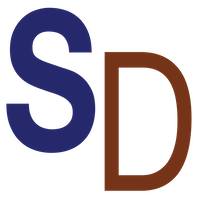23
May
What features does a robotic guide dog need? Ask the blind, say the authors of an award-winning paper. Led by researchers at the University of Massachusetts Amherst, a study identifying how to develop robot guide dogs with insights from guide dog users and trainers won a Best Paper Award at CHI 2024: Conference on Human Factors in Computing Systems (CHI). Guide dogs enable remarkable autonomy and mobility for their handlers. However, only a fraction of people with visual impairments have one of these companions. The barriers include the scarcity of trained dogs, cost (which is $40,000 for training alone), allergies…







